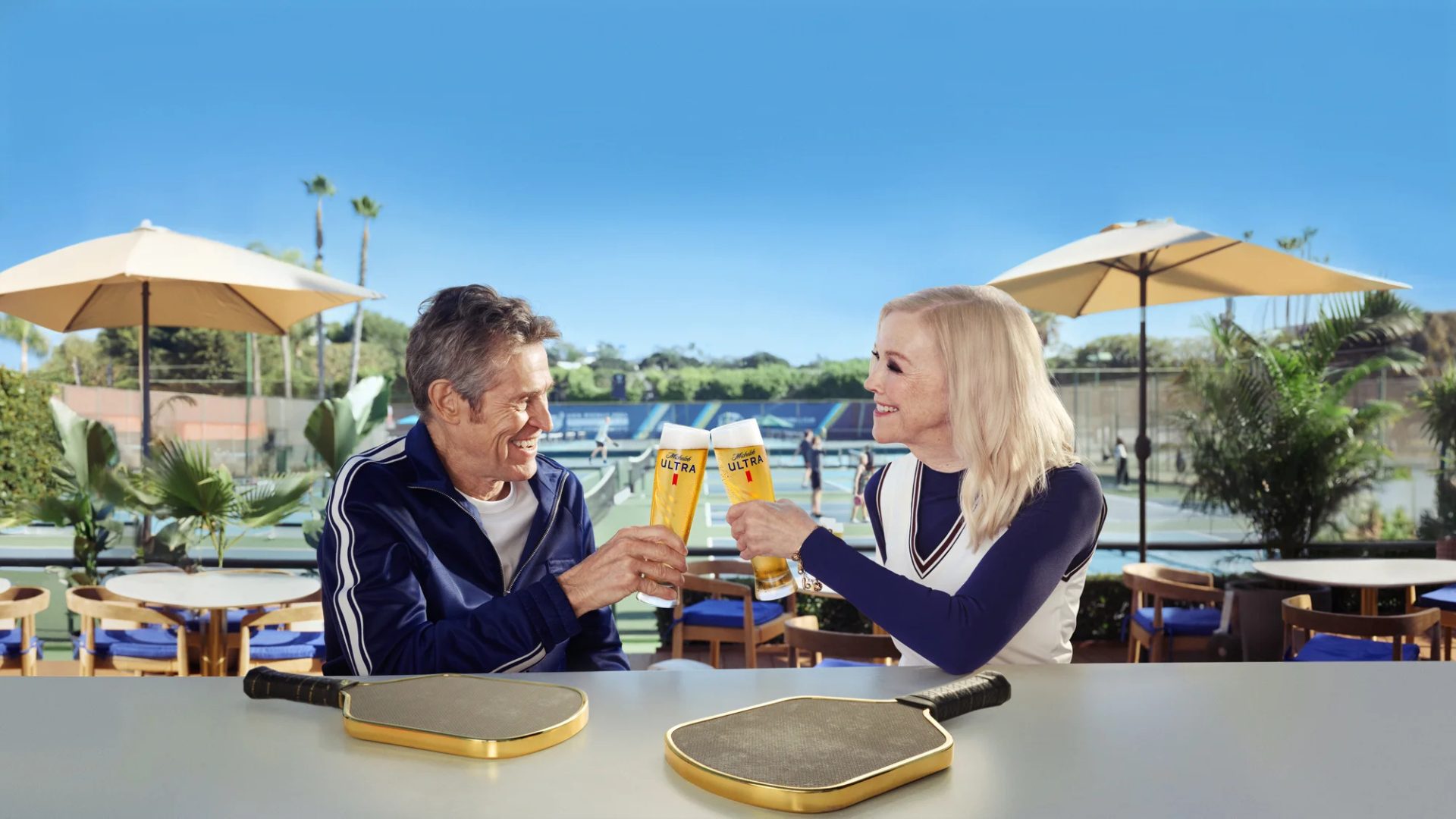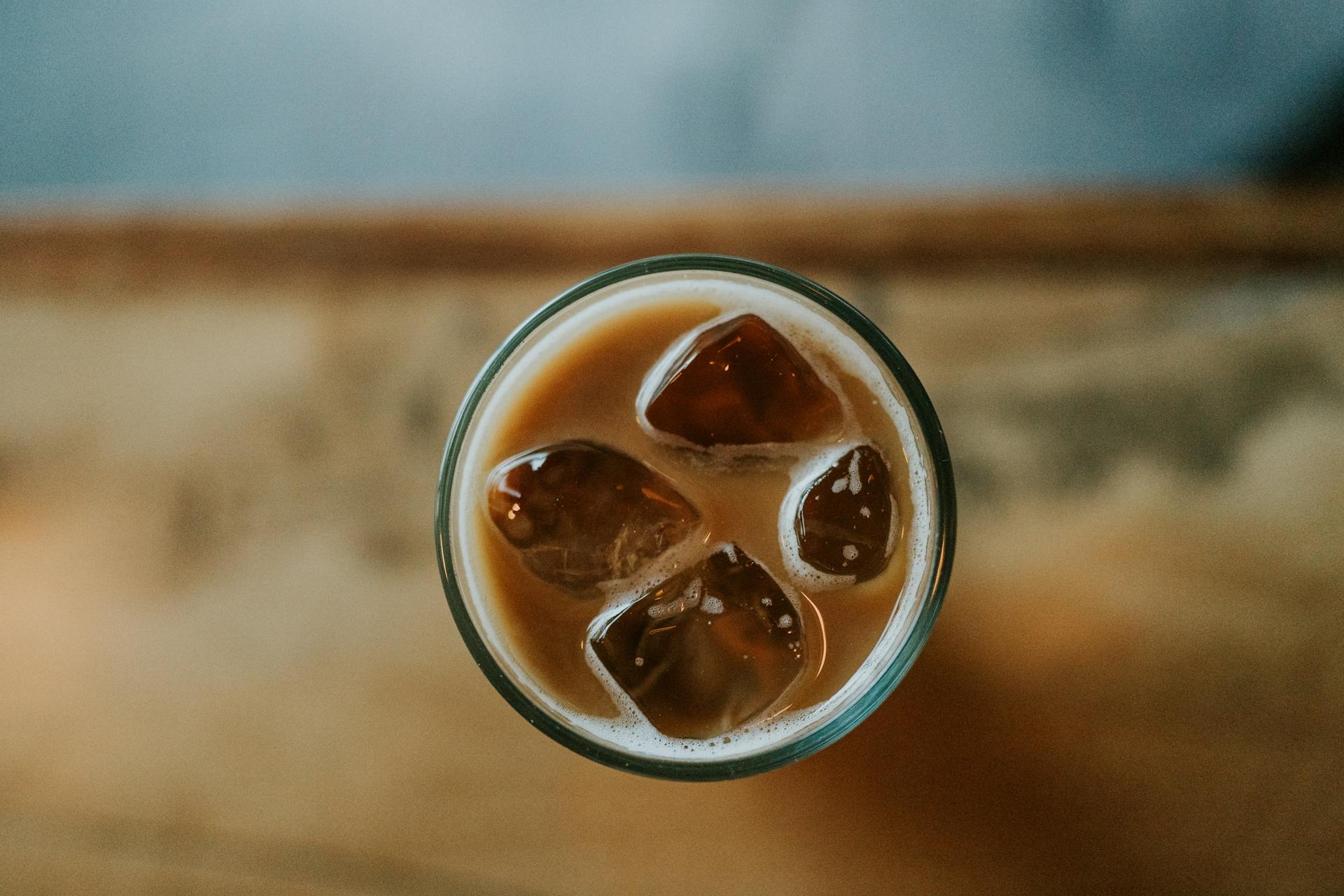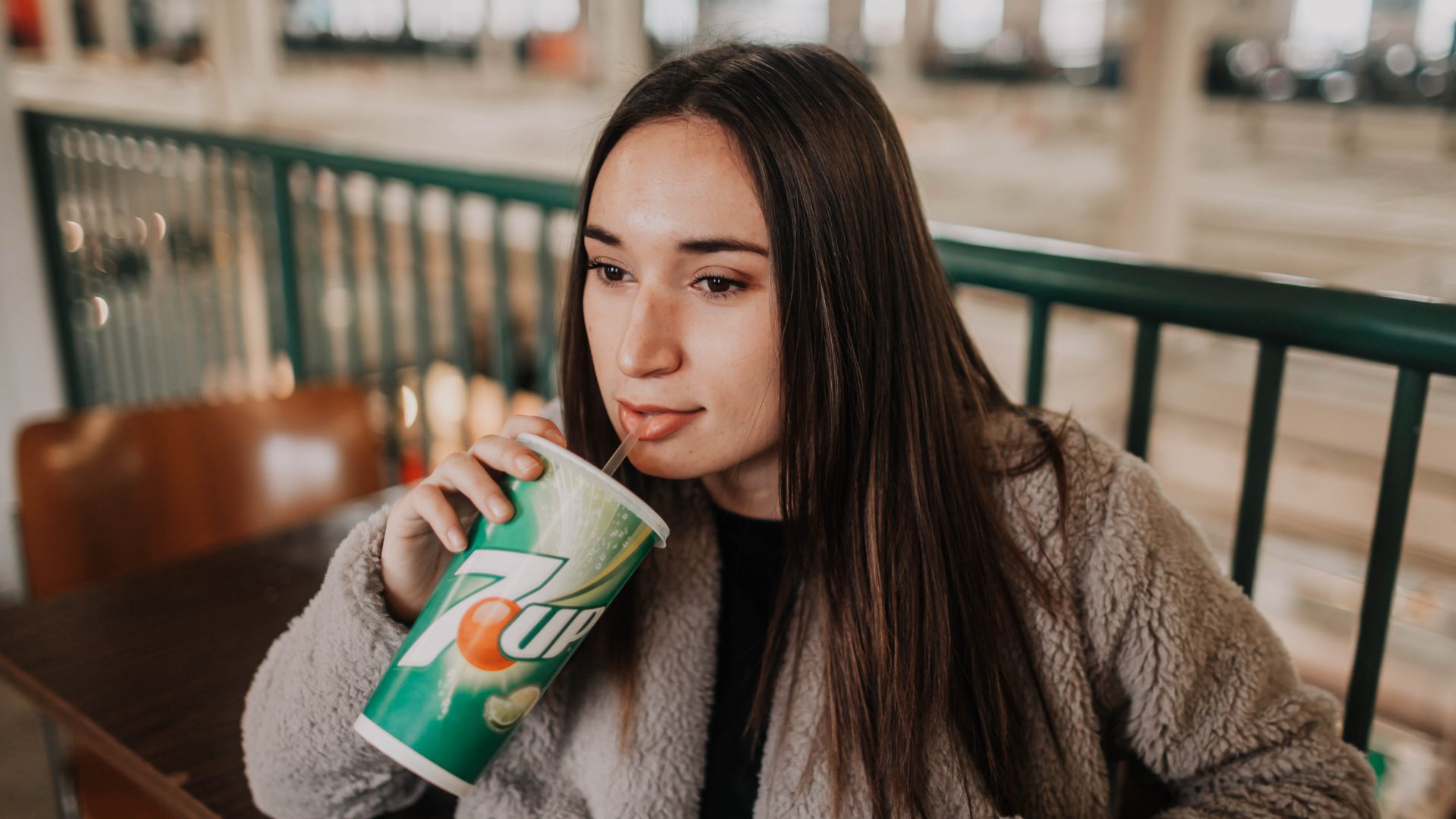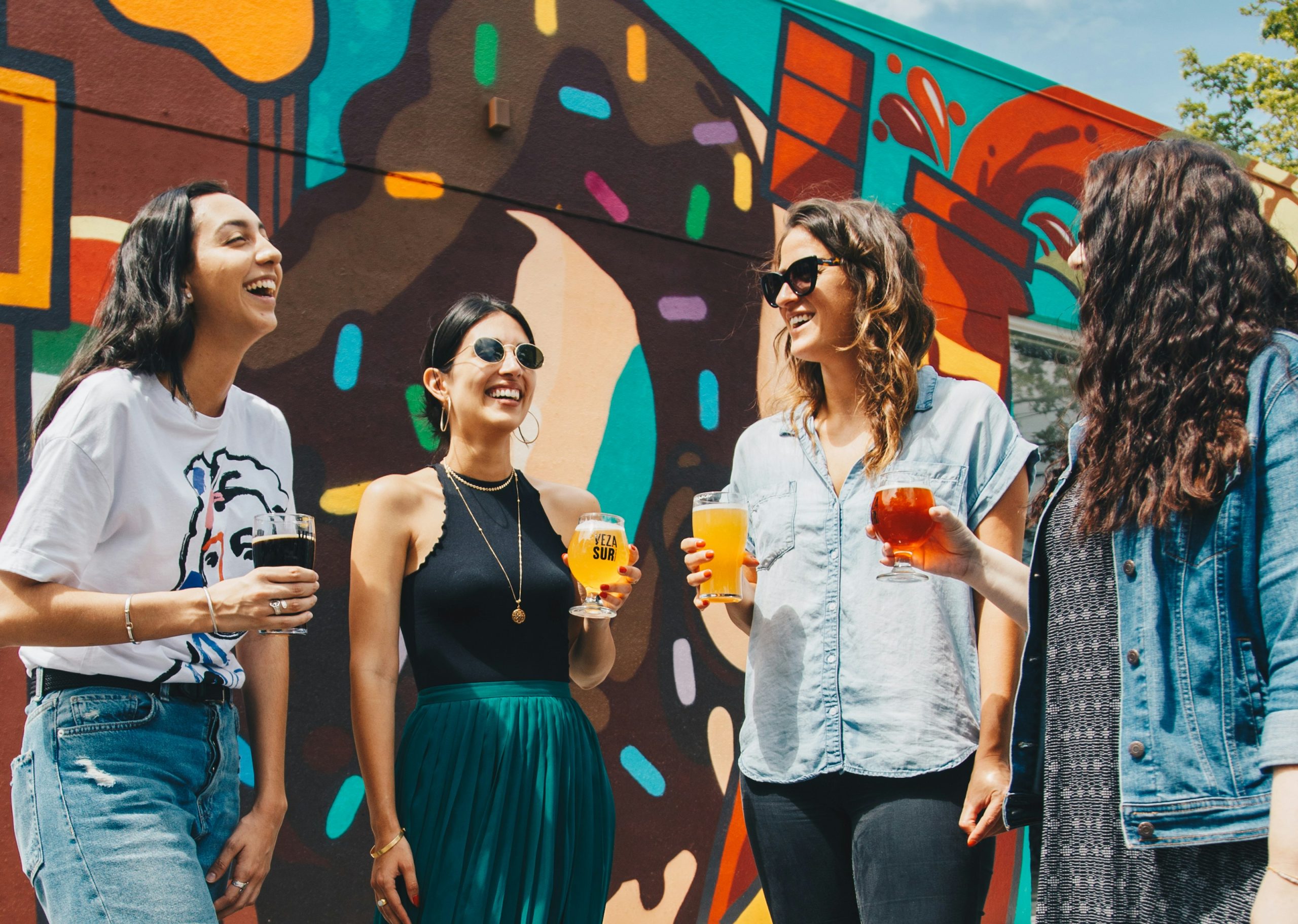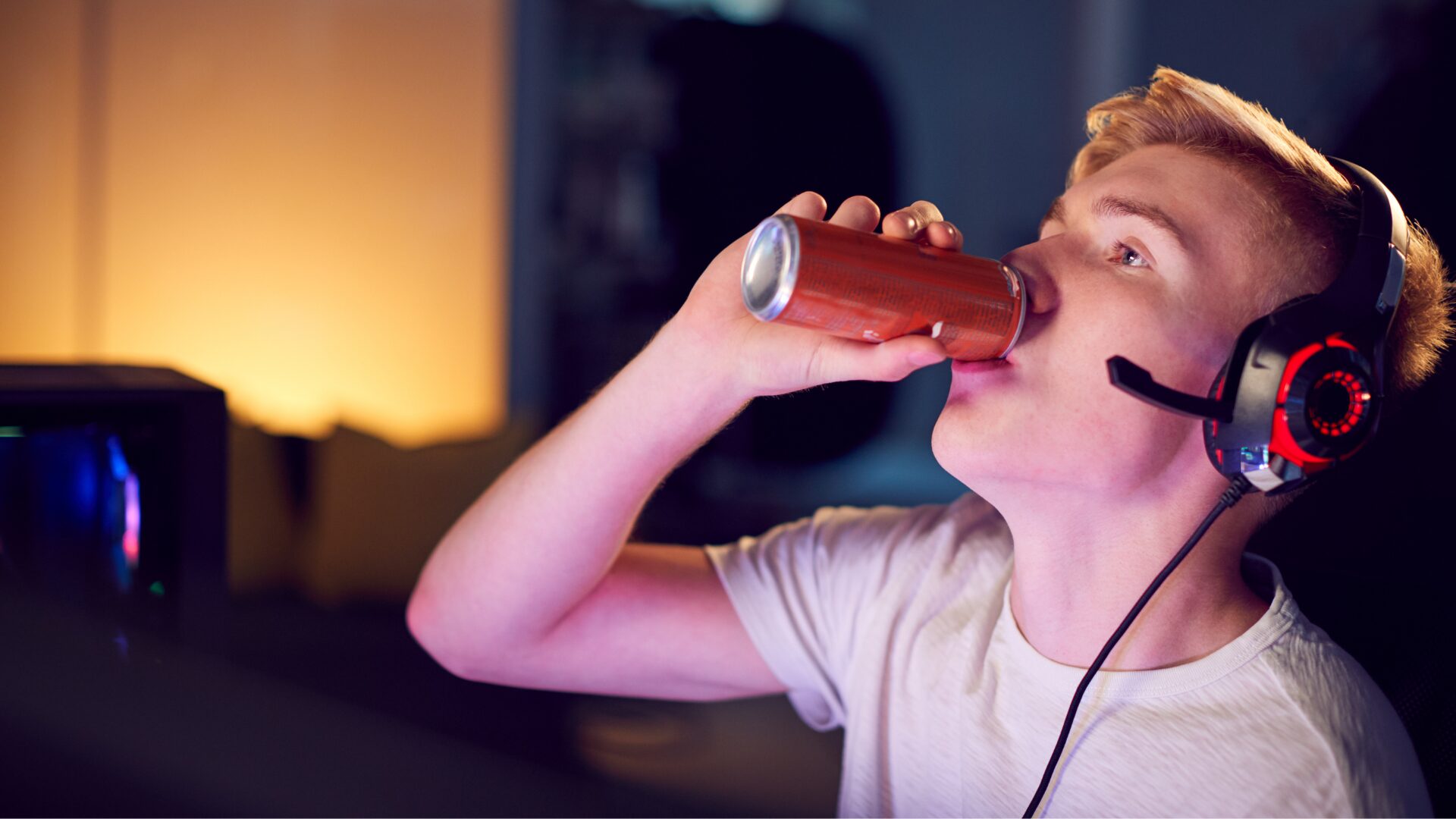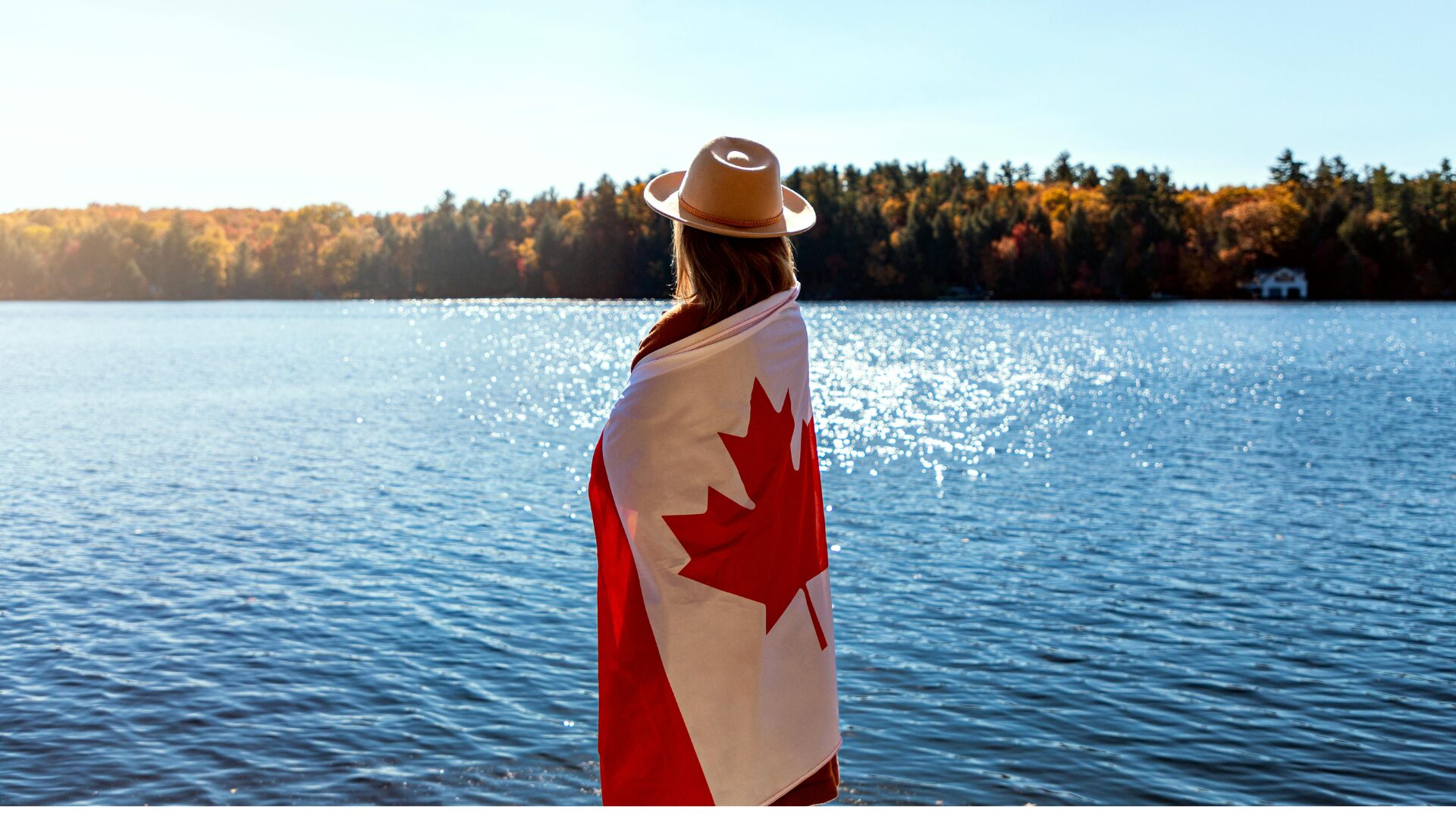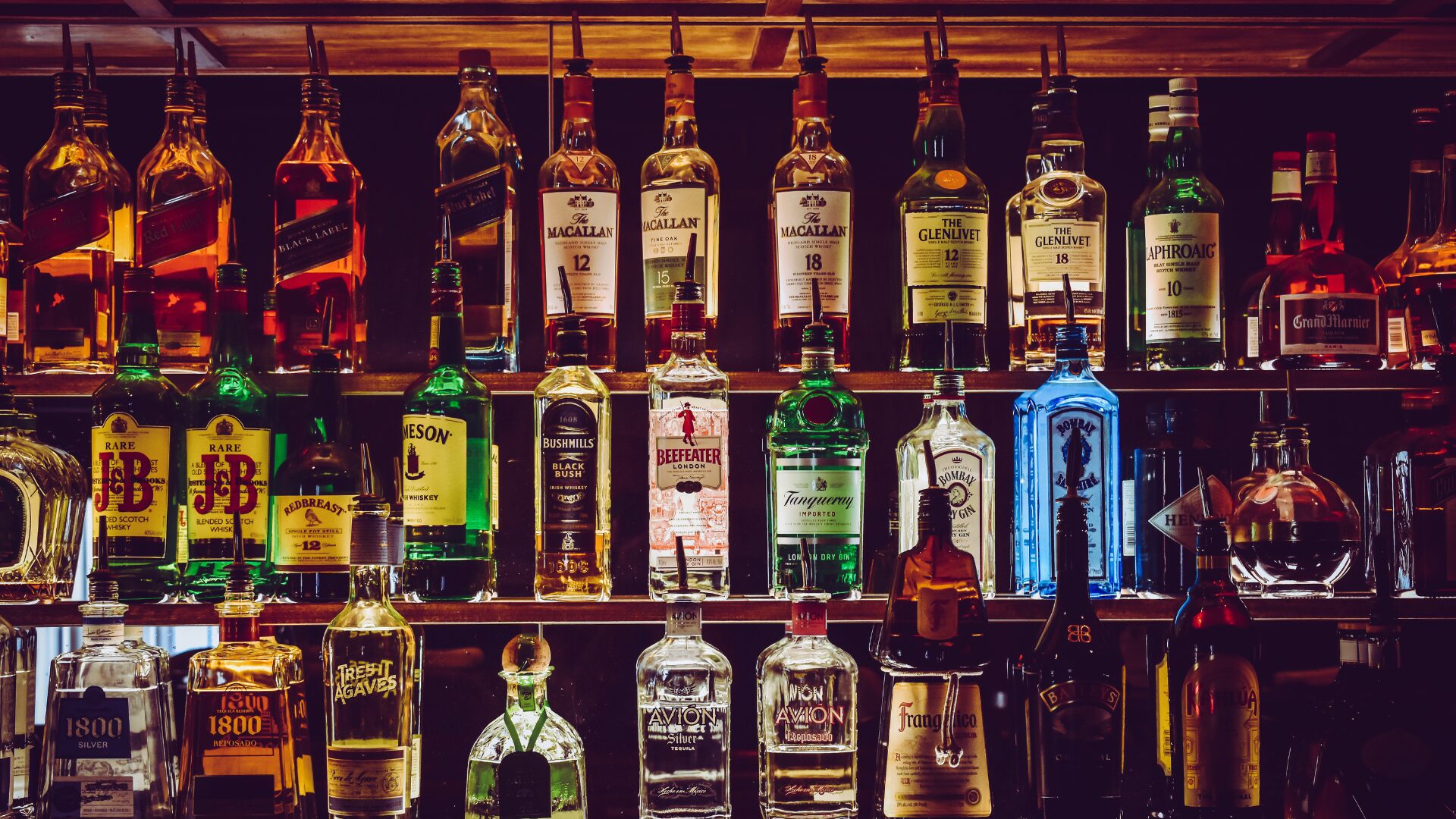Michelob Ultra’s ascent has marketers taking note. One of Anheuser-Busch InBev’s flagship brands, Michelob Ultra recently became the best-selling beer, by volume, in the U.S., as noted by Beer Marketer’s Insights.
In an increasingly health-conscious country, Michelob Ultra – with just 95 calories and 2.6 carbs per bottle – continues to win with young drinkers.
The brand’s “positioning as a low-carb, lower-calorie option fits with the growing consumer perception of a ‘healthy beer.’ The brand has long owned the active lifestyle space, so this feels authentic,” said Kim Lawton, co-founder of Inspira Marketing Group.
“They’ve also benefited from the broader cultural trend toward moderation and non-alcoholic options,” the marketing expert added.
Other brands can learn lessons from Michelob Ultra, which has enjoyed countless strategic wins in recent years, such as utilizing sports sponsorships with leagues like the PGA Tour. Specifically, marketing experts highlight the following lessons from the brand’s success:
Don’t Get Fixated on Features
Michelob Ultra isn’t just about low-calorie beer. The brand’s advertising touts the benefits of an active lifestyle.
“It’s about fun, lifestyle, and balance. Michelob Ultra has consistently lived up to that promise,” Lawton said. “Their alignment with sports and lifestyle platforms allows them to connect deeply with their audience.”
Marketing expert Mike Ford – the CEO of Skydeo – shared a similar sentiment, noting that, “by owning the ‘performance beer’ lane, they created a distinct narrative in a crowded market.”
Tell a Lifestyle Story
Michelob Ultra’s sales growth can largely be attributed to its clear and consistent positioning. The beer brand’s commercials feature actor Willem Defoe playing pickleball, Gen Zers kayaking, or young couples enjoying a cold one after tennis.
“By leaning into cultural touchpoints like wellness events, they placed themselves outside of the traditional beer-drinking moment and met consumers where trends were already heading,” said McKenna Schroter, founder of marketing and strategy agency Gleam Connections.
“Other American beer brands can take a lot from that approach.”
Stay in Your Lane
For most brands, overextending your product line can prove costly; when it comes to Michelob Ultra, AB InBev seems well aware of that.
“It would be smarter to own the category and expand internationally than to flood the market with unnecessary SKUs,” Lawton said. “Keep innovating, but without diluting the brand.”
The biggest lesson from Michelob Ultra’s success may be that brands need to pick a lane and own it. This beer brand didn’t gain popularity due to one Super Bowl ad; it has been using consistent messaging for a decade, focused on making Michelob Ultra feel more like a mindset than a beverage.
“They didn’t try to be everything to everyone,” Ford noted. Then, the marketing expert added this sage advice for competitors: “Stop chasing virality. Start chasing consistency.”
Food for Thought Leadership
Is the future of flavor increasingly borderless? Valda Coryat, vice president of marketing for condiments and sauces at McCormick, reveals how curiosity powers McCormick’s flavor foresight, why segmentation by “flavor personality” matters, and how flavors are becoming more culturally driven.


